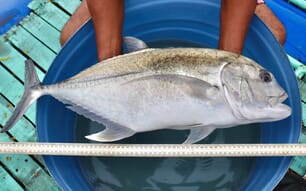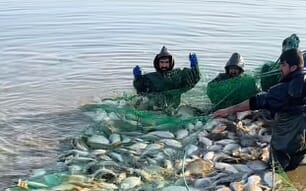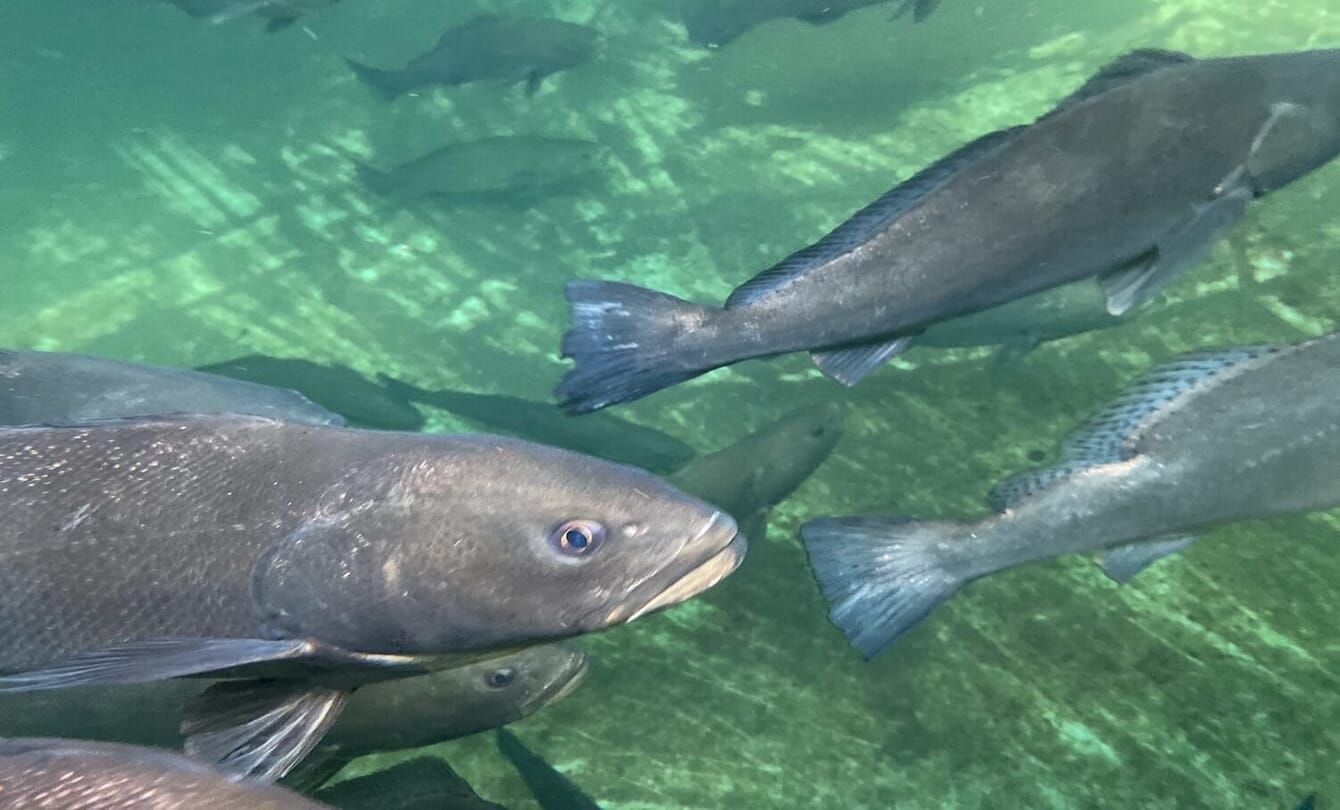
© Karlotta Rieve
Endemic to the Sea of Cortez (which is also known as the Gulf of California) Totoaba (Totoaba macdonaldi) can grow to two metres, weigh 130 kg and live to 30 years. The species was listed as critically endangered in 1976. Although fishing for the species has been prohibited since then, poaching has dramatically increased, due to the value of the species on the black market.
However, it is not the meat the fishermen and smugglers are after, but the fish’s exceptionally large swim bladder. Dried, it is considered a gourmet food and highly sought by Asian black market, where it is known as fish maw. With prices reaching $9,000 per kilogram, it is often termed “the cocaine of the sea”.
The illegal fishing methods used to catch Totoaba are also considered to be the main reason for the decline of the critically endangered Vaquita, a charismatic dolphin-like mammal that shares the same habitat as the Totoaba, but that is another story. What this article aims to highlight is the exceptional work both public and private aquaculture institutions in Mexico are doing to restock the Totoaba in the wild and ultimately build a sustainable commercial aquaculture sector around it.
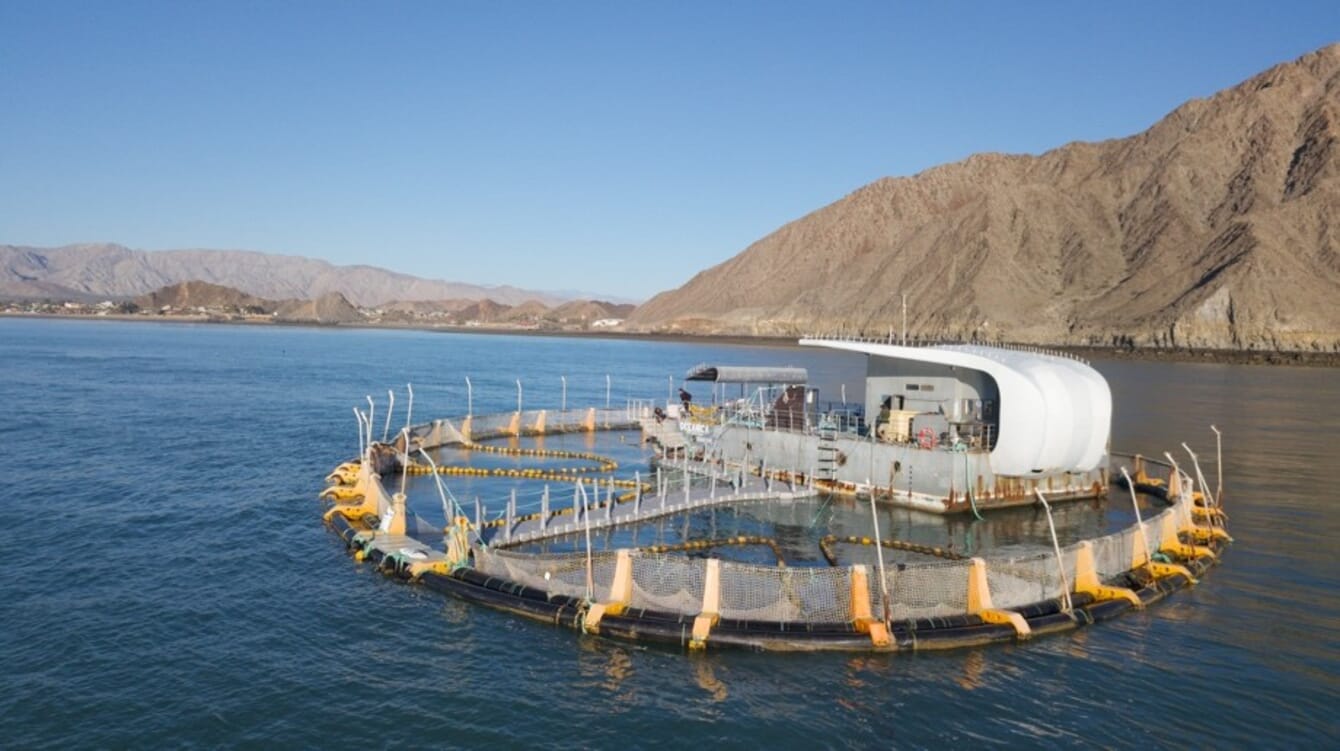
© Karlotta Rieve
Public efforts
There are currently three hatcheries in the country that work with Totoaba, both for restocking purposes and for commercial aquaculture production – the faculty of Marine Sciences in Ensenada of the State University of Baja California (UABC), the Aquaculture Institute of the State of Sonora (IAES) and the private aquaculture enterprise Earth Ocean Farms.
Dr Conal True and the research team from the UABC were first to spawn the Totoaba successfully in captivity and have since spearheaded the academic research into the species. They released the first juveniles 15 years ago and their restocking programme has since greatly contributed to stabilising the wild Totoaba stocks. Ensuring genetic diversity and traceability of the Totoaba coming out of the institute's labs has always been high on the agenda. Thanks to genetic markers they found a few Totoaba that were part of one of the first generations to be released 15 years ago have now become wild broodstock. And the researchers continue to look for more recaptures.
The Mexican federal government and the state of Baja California have invested close to $5 million in a new campus hatchery capable of producing 1 million juveniles a year once it is in full operation. Housed in a 3000 m2 building, with more than 1000 m3 total tank volume it includes modern lab facilities, a pilot feed production unit and teaching spaces. Another major objective of the new hatchery is to train future aquaculture professionals in both Totoaba early stage rearing and on-growing techniques. The university staff are convinced that the new laboratory will prevent the extinction of the Totoaba for good.
“This guarantees adequate and also state-of-the-art installations to support both scaled production and research in Totoaba for another 20 years, at least from the public side,” says Dr True, who has dedicated 28 years of his academic career to hatching and raising the species.
The number that will be released for restocking purposes depends on the assessment of the wild population. Through breeding a large variety of families and continuous recapture studies, the team aim to ensure genetic diversity. They expect to be releasing less than 200,000 juveniles annually into the Sea of Cortez. Consequently, the majority of the fingerlings produced in the new hatchery are destined for private grow-out facilities, which aim to produce Totoaba as a commercial aquaculture species.
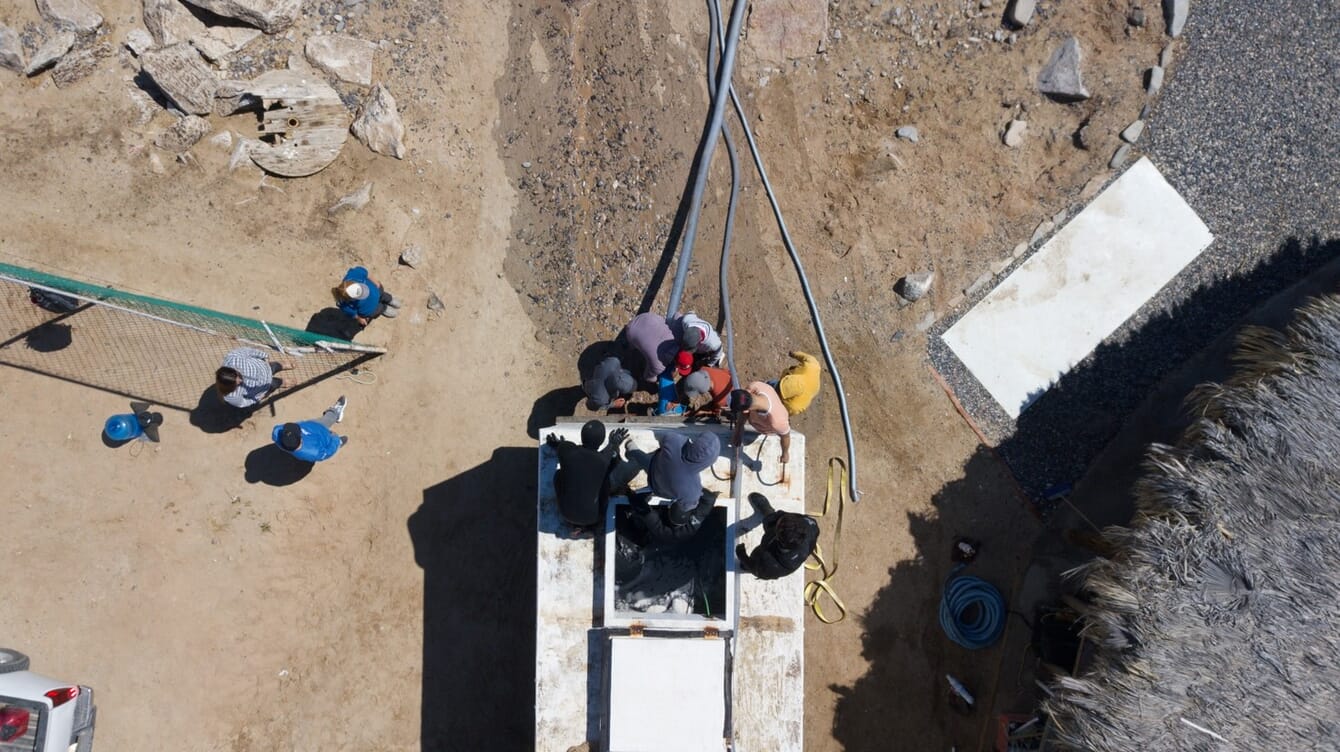
© Karlotta Rieve
Private efforts
Earth Ocean Farms, which is located in La Paz, in Baja California Sur, has been trailblazing the commercial efforts of cultivating Totoaba for more than eight years now, using pioneering submersible offshore cages, the latest breeding technologies and best-practice processing techniques, for which they were recently BAP certified.
Besides selling Totoaba in restaurants and retail outlets across Mexico, they have from the beginning supported the restocking of wild populations by releasing thousands of juvenile Totoaba into their natural habitat and working with local schools to educate the upcoming generations on the importance of wildlife preservation. So far, Earth Ocean Farms has released over 100,000 juveniles back into the wild and is committed to the protection of this unique Mexican species.
Further north in the Sea of Cortez, in Baja California, a new company has joined the efforts of turning the Totoaba into a popular farmed consumer fish. With a concession to farm the species on 52 hectares off the coast of San Felipe, Aquario Oceanico started pilot operations three years ago. They source their juveniles from the new hatchery at the UABC and transport them a few hundreds kilometres across the peninsula, in collaboration with the university. Much of the expertise and some of their farm tech, like the sea cages, originally came from a tuna ranching businesses in Ensenada.
Equally the grow-out feed is specially sourced from a company in Ensenada that specialises in marine feed diets that include wild-harvested kelp from the Pacific coast. Again, the credit for finding an adequate diet for this unique species goes to research conducted at Mexican universities.
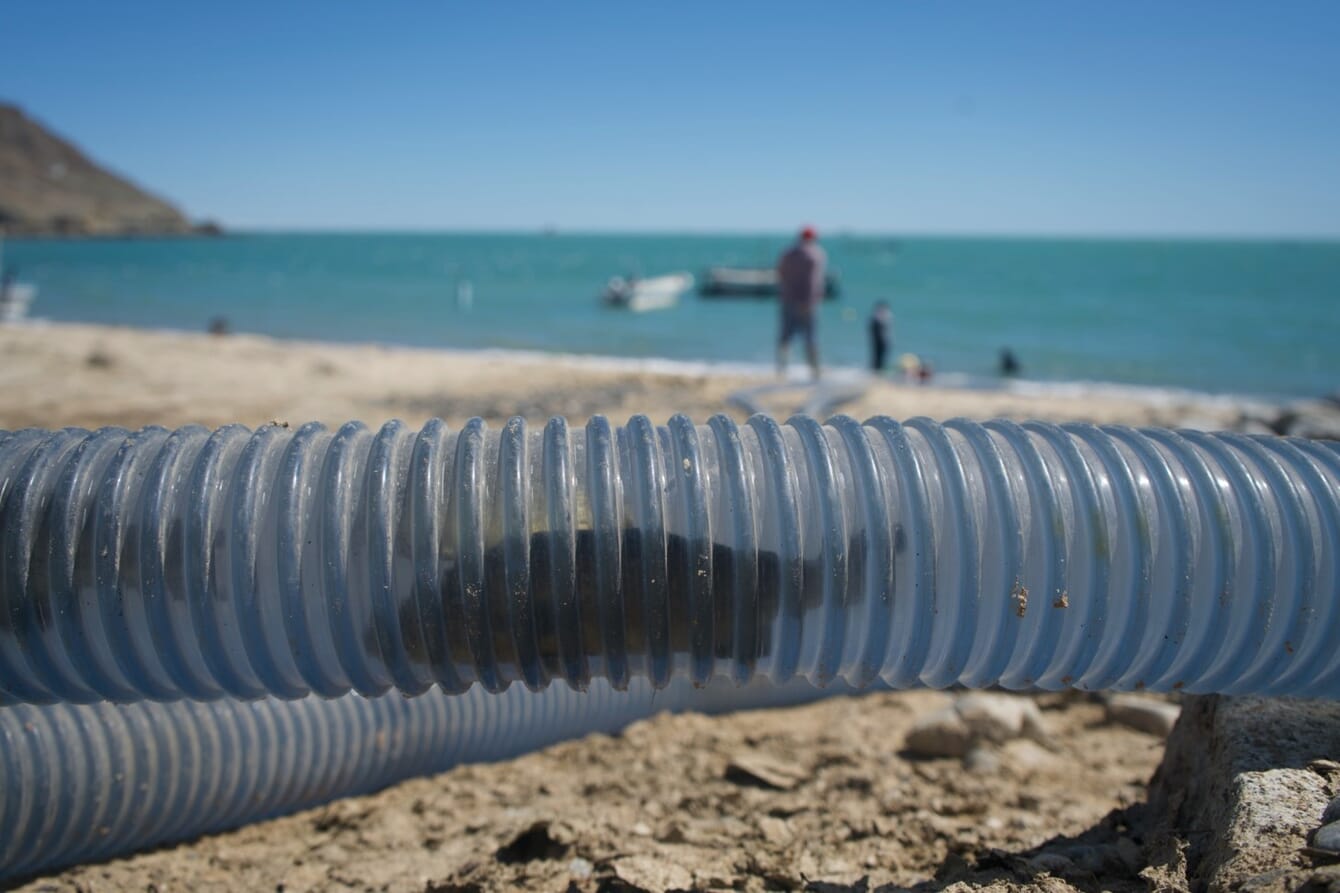
© Karotta Rieve
According to the experts Totoaba are well suited to aquaculture, due to their relatively fast growth rates, reaching a commercial size of 3 kg in only 18 months, if given the right feed formulation and feeding regime. Furthermore, the Mexican culinary industry now recognises the high quality white flesh of the Totoaba as an exciting new product. Yet, the main constraint is still that none of the commercial grow-out farms are able to sell Totoaba products anywhere outside of the country, due to the trade ban for the species.
These companies therefore depend strongly on the status of the wild population of Totoaba, which, as some studies indicate, has reached a stable level. Yet, due to the uncertainty of the commercial regulations around this species and to ensure profitability of the business, Earth Ocean Farms has successfully diversified its portfolio, adding Pacific red snapper, while Acuario Oceanico has begun developing oyster farming beside their Totoaba cages. Both these products are eligible for international sale.
Nevertheless it is clear that, alongside the academic institutions in the country, the main objective of these companies is to ensure that responsible aquaculture can mean a bright future for a unique species like the Totoaba - both in the wild and on farms.


